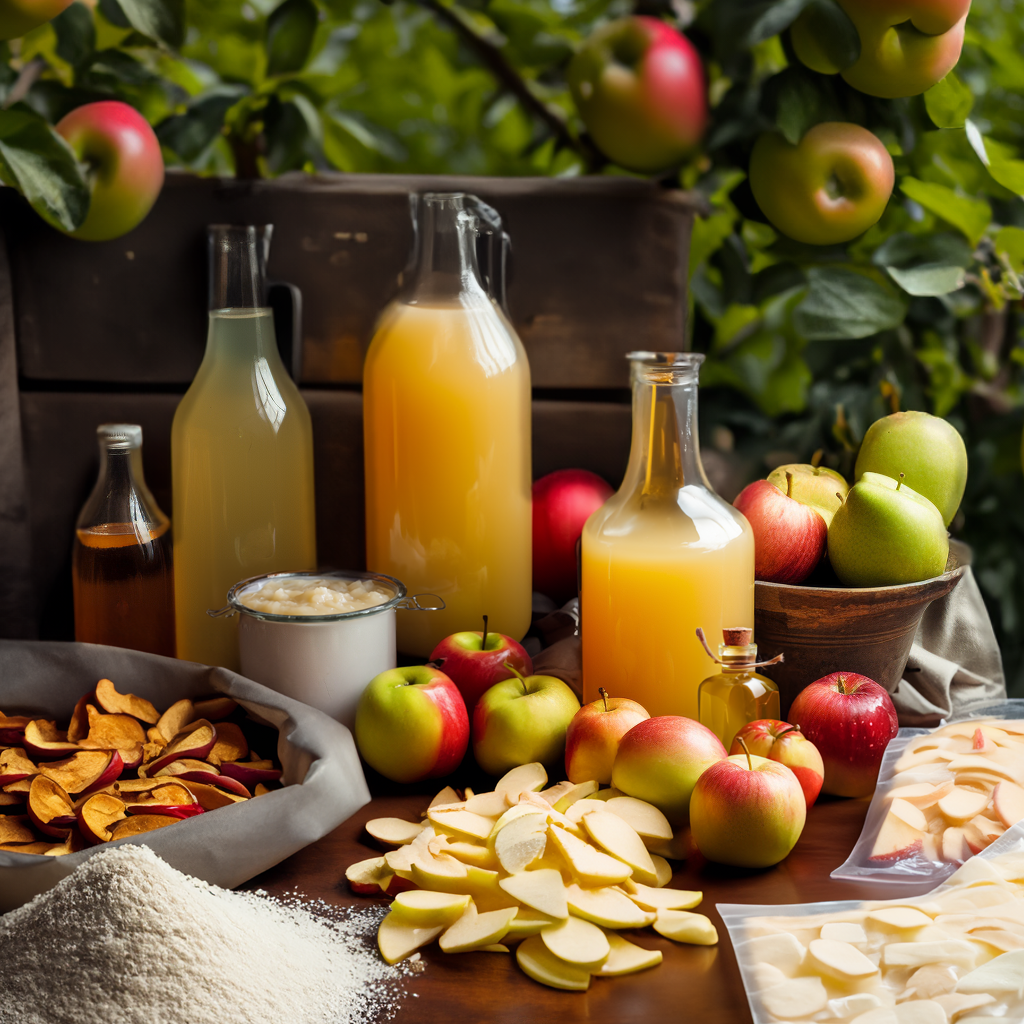 Date: April 21, 2024
Date: April 21, 2024
Have you ever wondered exactly how fruits and vegetables can be made into various forms? When it comes to producing Juices, Purées, Aromas, Scents, Essences & Oils. each production process is unique. In addition to providing a brief summary of each process and explaining the slight differences between the various processes, this article also explains the various applications each form is most commonly utilized within food, beverage and cosmetic products.
Lakeside Food Sales Inc is bulk distributor of raw food ingredients including fruits and vegetables available in various prepared forms including but not limited to: Juices, Purée, Aroma, Essences and Oils. We also supply and distribute tomato products that are often used in various food products due their nutritional values and natural food color.
Juices made from fruits and vegetables are often utilized in various food products and beverages. This is because juices easily dissolve in most recipes. They also give a fresh and natural flavor to the final product. Juices are not only used as ingredients, they can also consumed on their own as a beverage.
Puréed fruits and vegetables are made by boiling or steaming fruits & vegetables and then blending them into a smooth paste. This is an easy and convenient way to add natural fruits & vegetables into your recipes for food products and beverages.
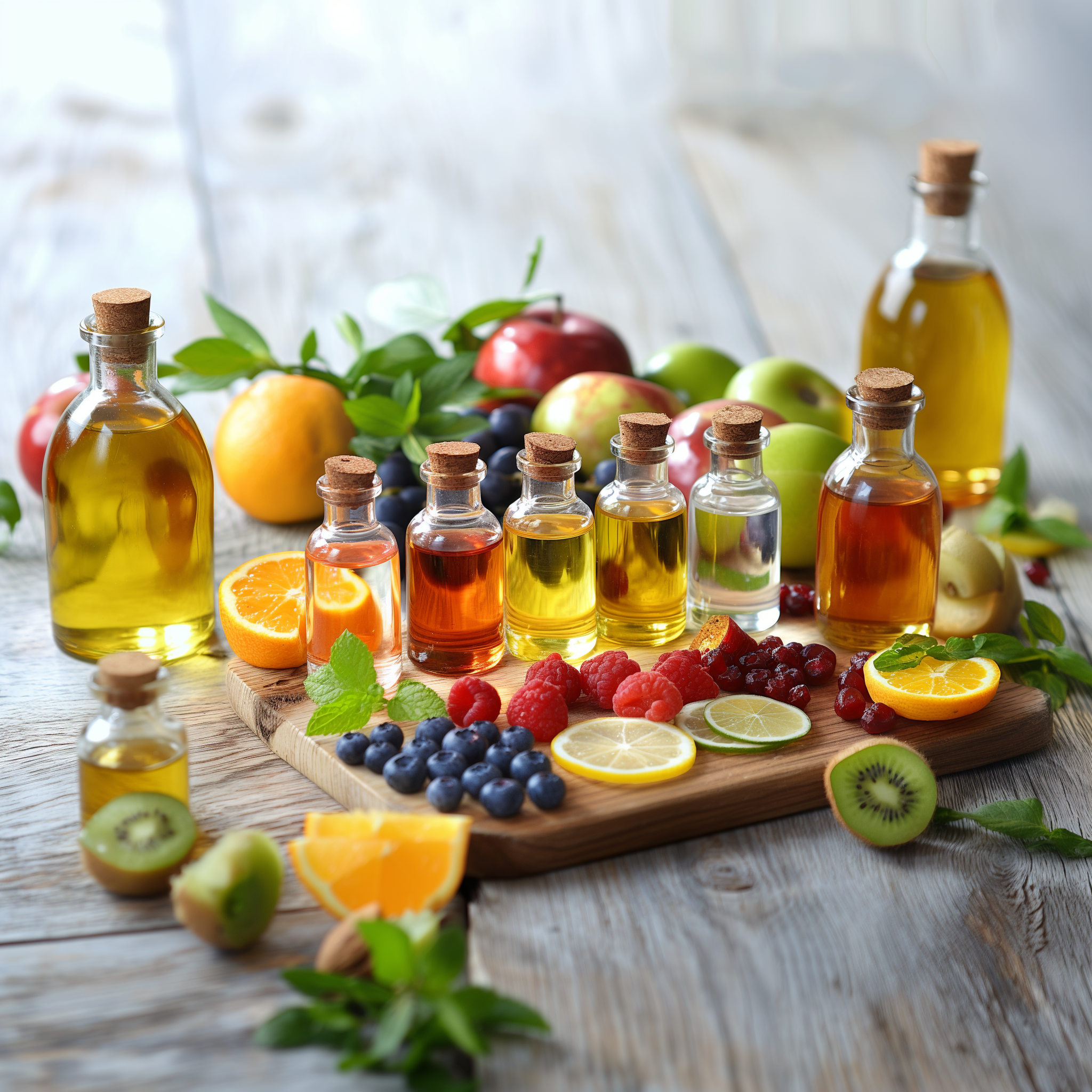 Aromas & Scents are made by extracting nutrients like proteins, carbohydrates, fats, vitamins and minerals from the plant. The fragrant compounds are pulled from various parts of the plant, such as flowers, leaves, and even roots. The extraction process typically involves “expression”, which preserves the natural fragrances.
Aromas & Scents are made by extracting nutrients like proteins, carbohydrates, fats, vitamins and minerals from the plant. The fragrant compounds are pulled from various parts of the plant, such as flowers, leaves, and even roots. The extraction process typically involves “expression”, which preserves the natural fragrances.
Essences & Oils are extracted from fruits and vegetables by various methods, including cold pressing, distillation, or by using solvents. Unlike juices, essences and oils are highly potent and are used in minimal amounts to infuse food products and beverages. Due to the concentrated nature, they are also used in aromatherapy and cosmetics.
As you can see, each specific form comes in handy when considering the end product of which it will be utilized in creating. For example, extracts are commonly used in baking and cooking to add flavor while essences and oils are often found in perfumes, skincare products, and natural remedies.
Lakeside is a leading distributor of bulk raw food ingredients. We can connect you with our warehouses across the country that can deliver your bulk food ingredients in any prepared form that you require!
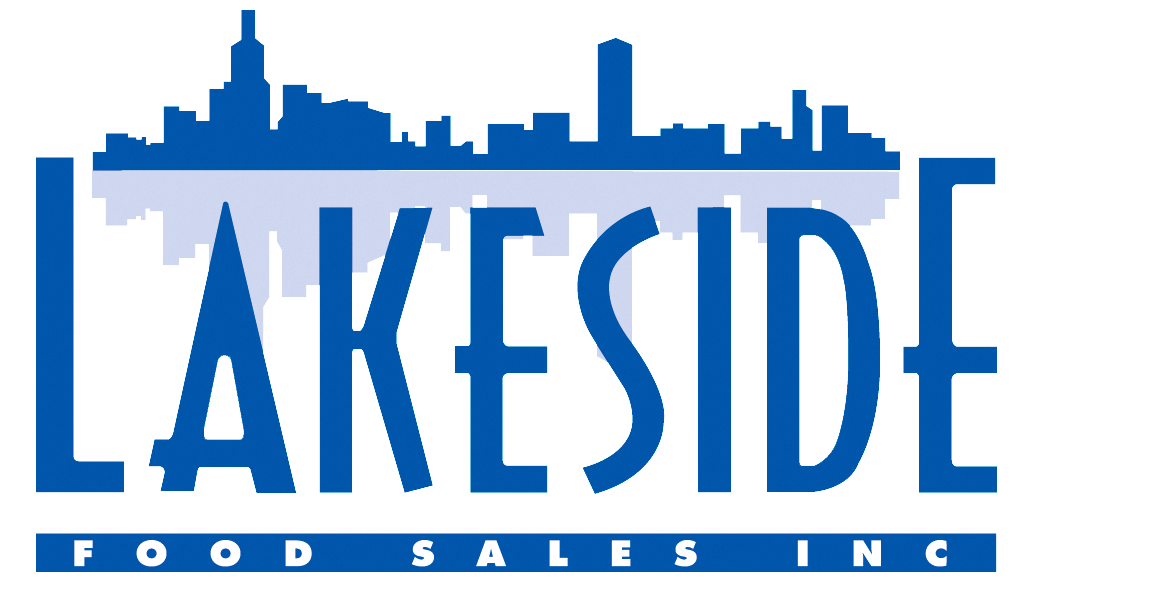

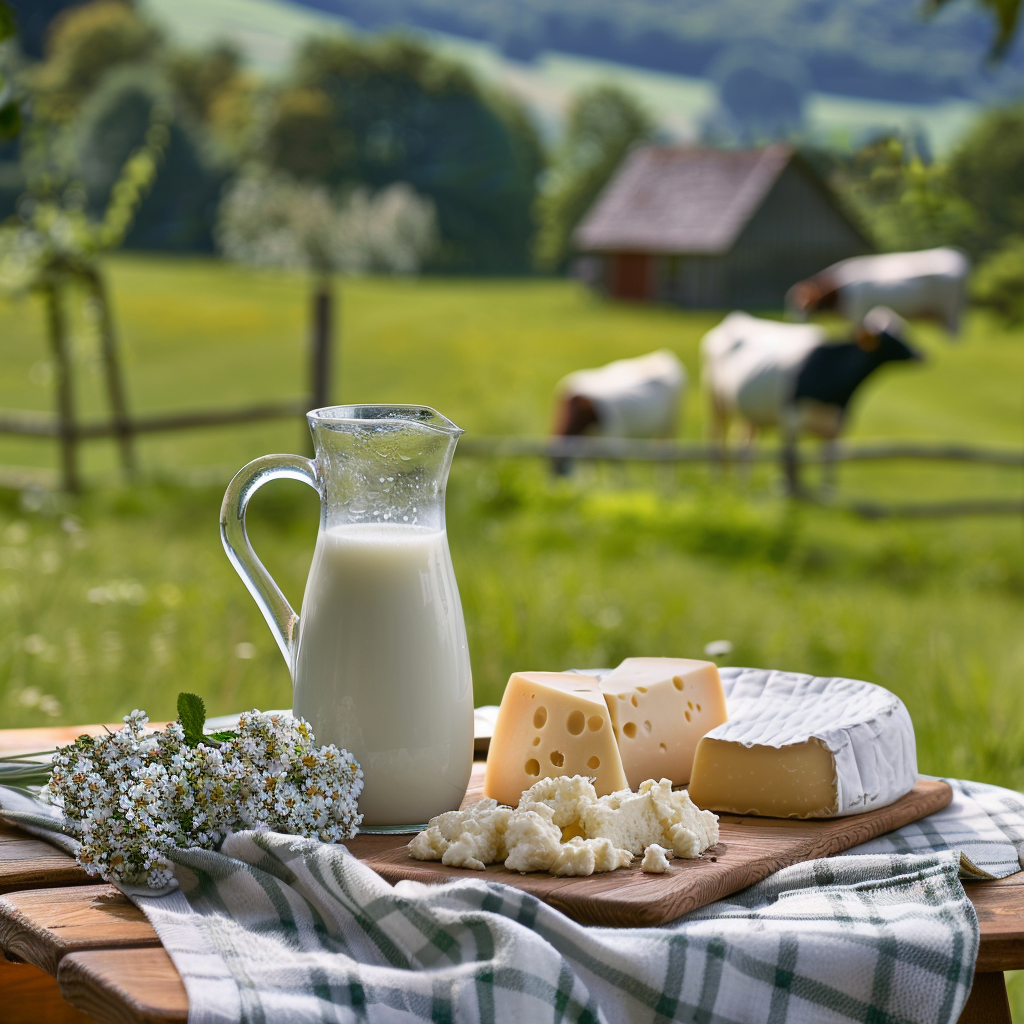 Date: April 17, 2024
Date: April 17, 2024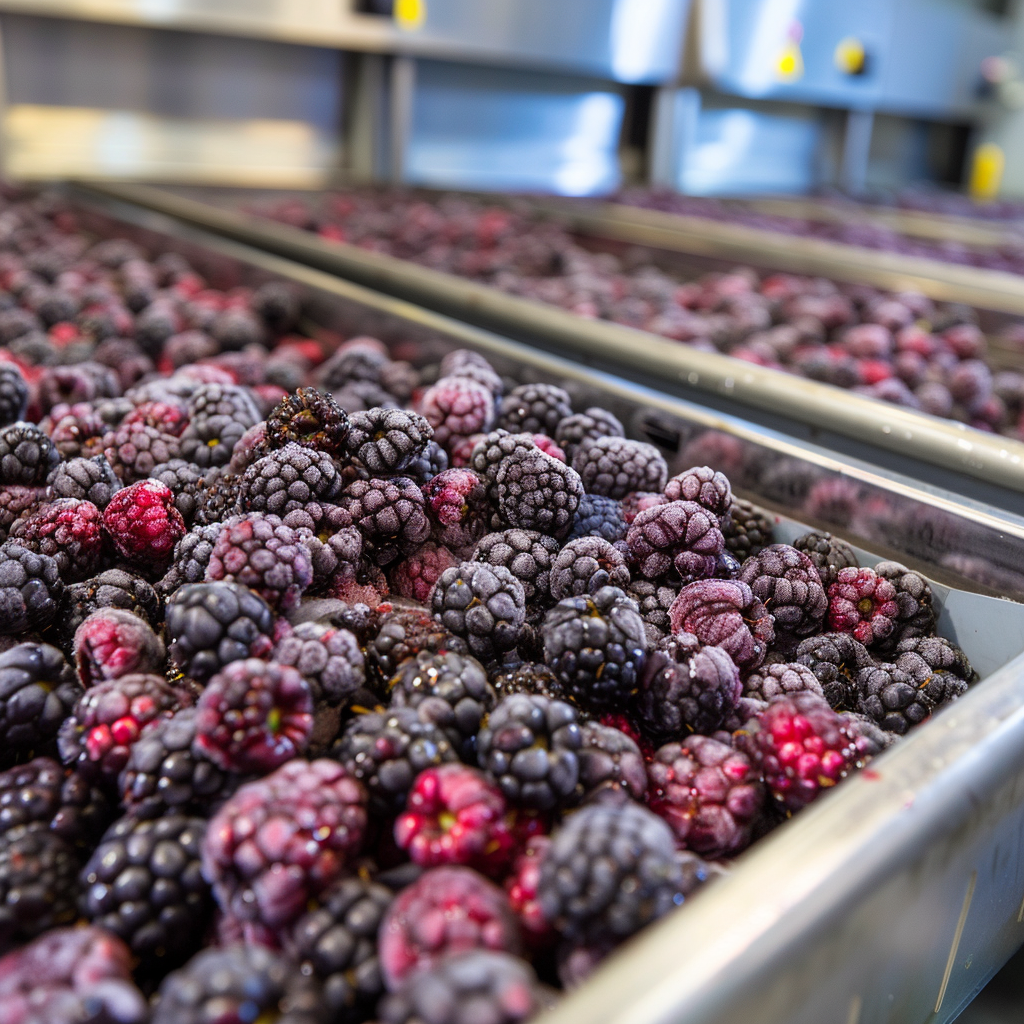
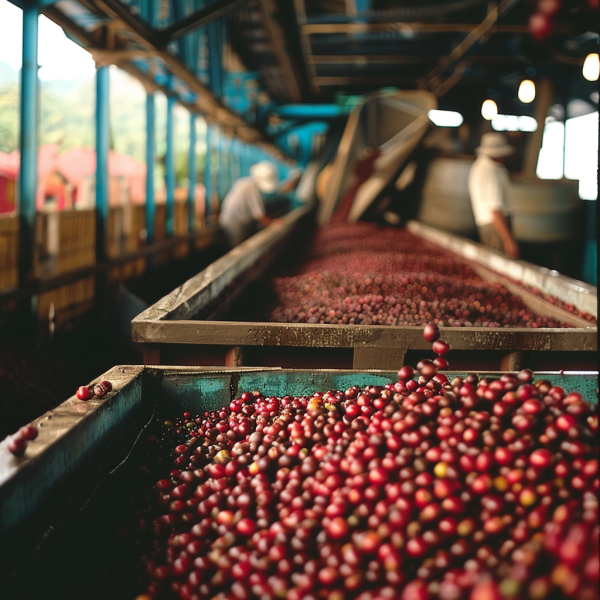
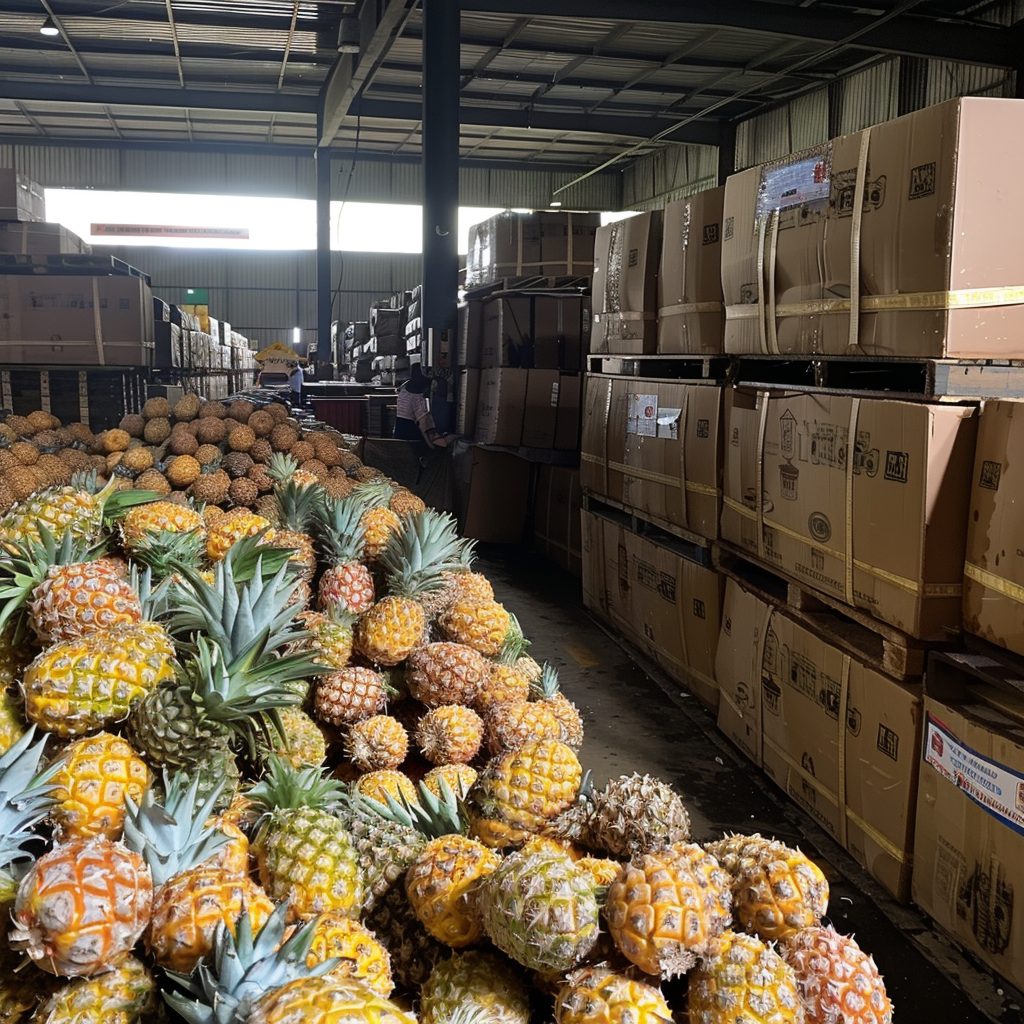
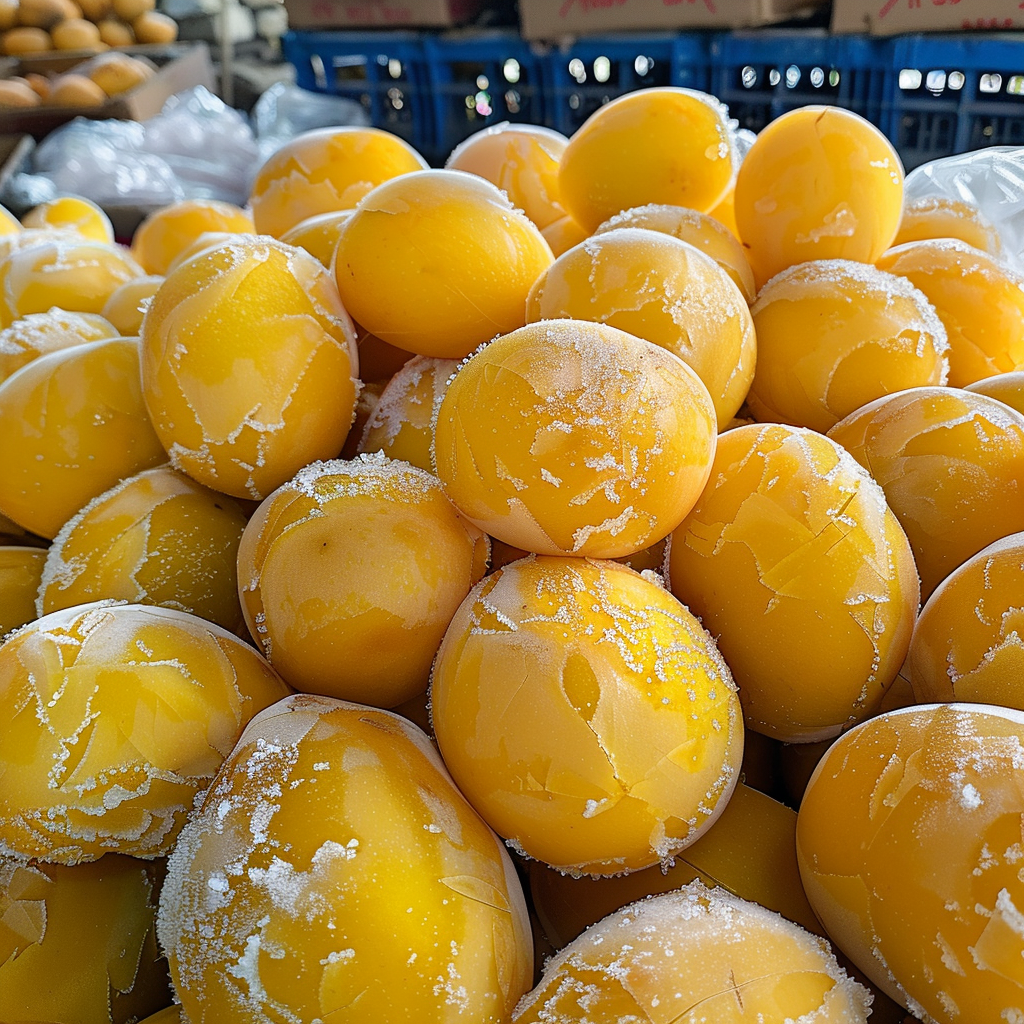
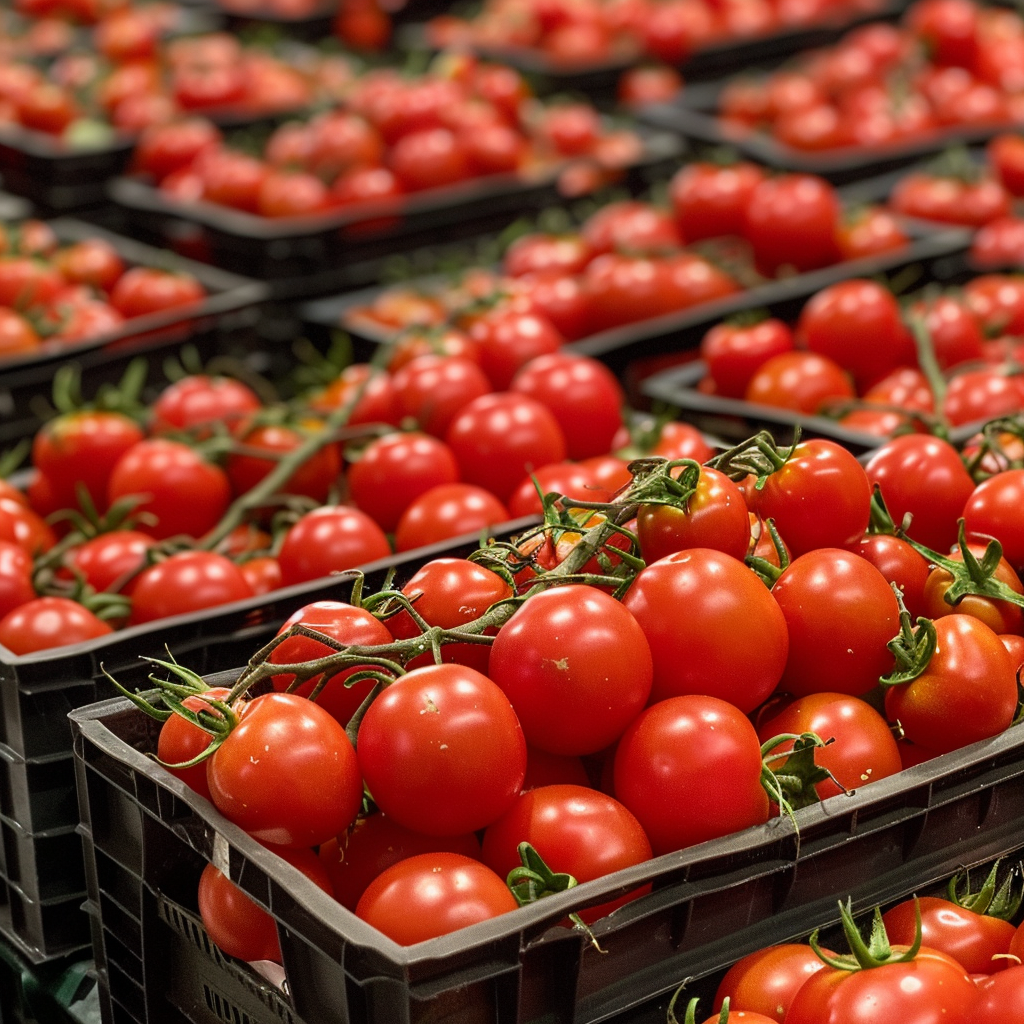
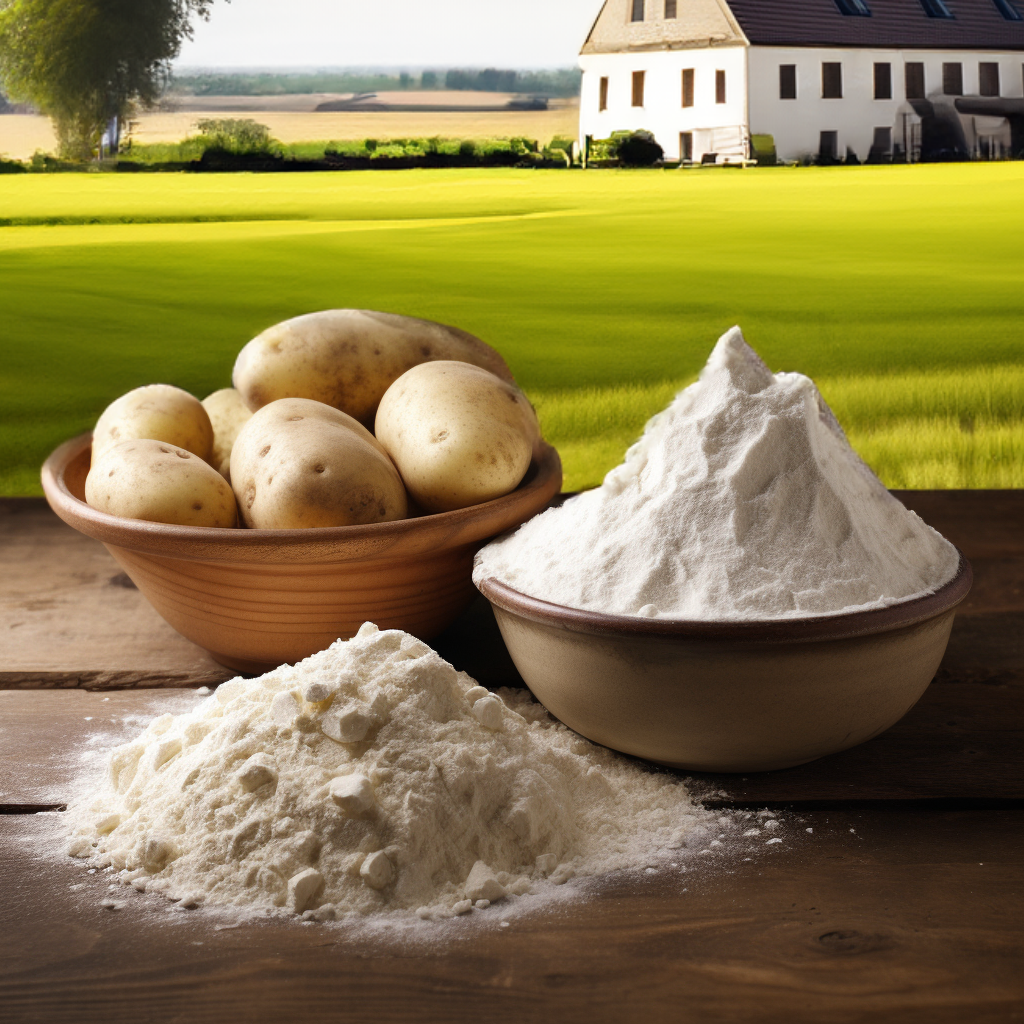
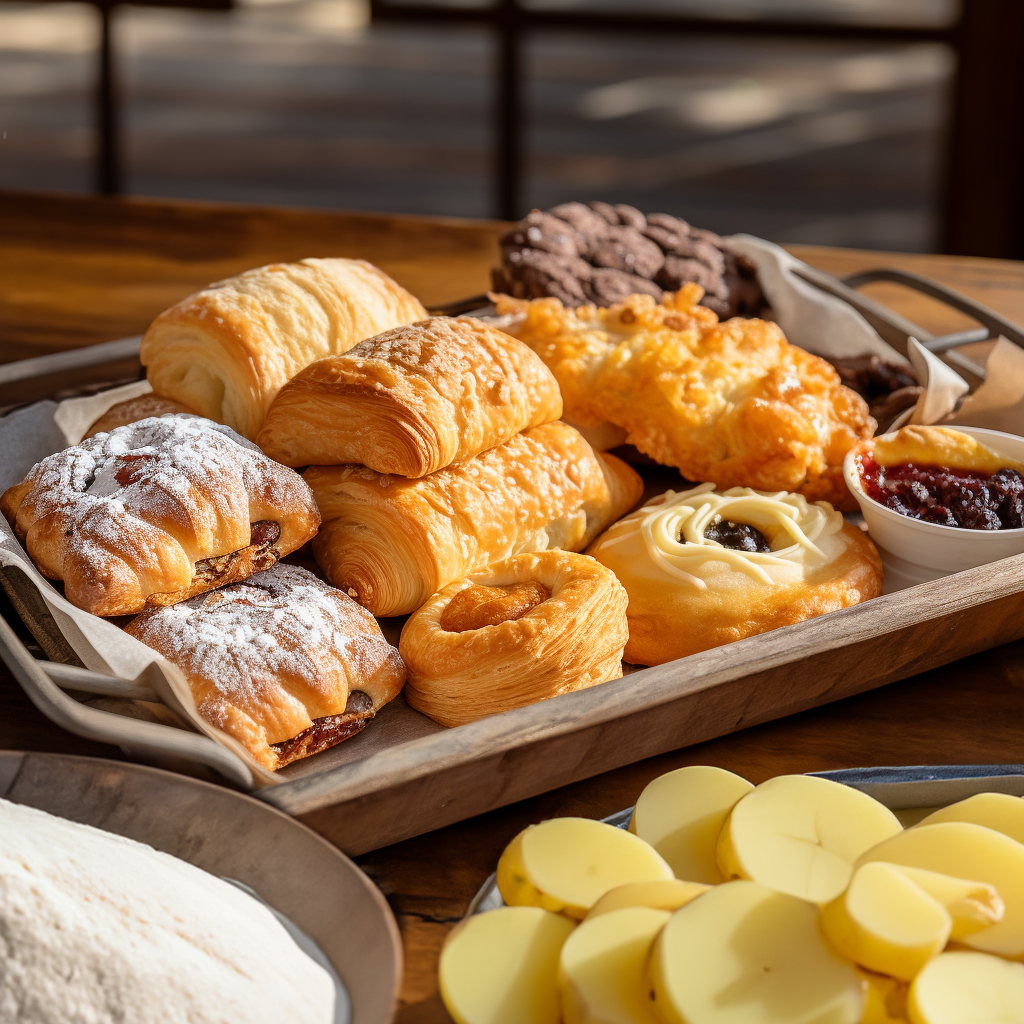 Potato starch and potato flour are both commonly used ingredients in baking recipes. They are both useful for providing structure, texture, and volume to baked goods. Potato starch has a more neutral flavor than potato flour, making it ideal as a thickener or binder in recipes. Potato starch is used when baking gluten-free items like pancakes, muffins, and pies. Potato flour is most often used in breads, cakes, cookies, and other baked goods as a substitute for wheat flour. It adds moisture and a slightly sweet flavor to recipes. Both potato starch and potato flour are essential ingredients for creating delicious gluten-free treats!
Potato starch and potato flour are both commonly used ingredients in baking recipes. They are both useful for providing structure, texture, and volume to baked goods. Potato starch has a more neutral flavor than potato flour, making it ideal as a thickener or binder in recipes. Potato starch is used when baking gluten-free items like pancakes, muffins, and pies. Potato flour is most often used in breads, cakes, cookies, and other baked goods as a substitute for wheat flour. It adds moisture and a slightly sweet flavor to recipes. Both potato starch and potato flour are essential ingredients for creating delicious gluten-free treats!